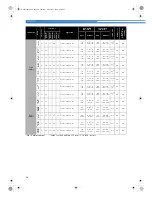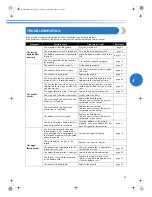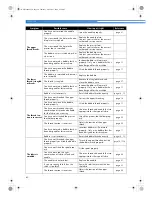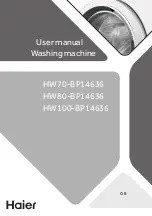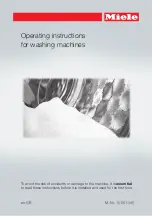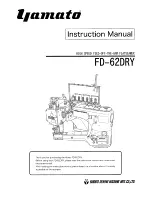
49
3
Fagoting
Stitching across an open seam is called “fagoting”. It
is used on blouses and children's clothing. This stitch
is more decorative when thicker thread is used.
a
Use an iron to fold the two pieces of fabric
along their seams.
b
Baste the two pieces of fabric, separated by
about 4.0 mm (3/16 inch), onto thin paper or
a sheet of water-soluble stabilizer.
a
Thin paper or water soluble stabilizer
b
Basting stitching
c
4 mm (3/16 inch)
c
Attach zigzag foot “J”.
d
Select stitch
or
.
e
Set the stitch width to 7.0 mm (1/4 inch).
• For details, refer to “Selecting stitching”
(page 27).
f
Sew with the center of the presser foot
aligned along the center of the two pieces of
fabric.
g
After sewing is finished, remove the paper.
Scallop stitching
The wave-shaped repeating pattern that looks like
shells is called “scalloping”. It is used on the collars
of blouses and to decorate the edges of
handkerchiefs.
a
Attach monogramming foot “N”.
b
Select stitch
.
c
Stitch along the edge of the fabric, making
sure not to sew directly on the edge of the
fabric.
• For better results, apply spray starch onto the
fabric and press with a hot iron before it is
sewn.
d
Trim along the stitches.
• Be careful not to cut the stitches.
1
2
3
NCBC2000.book Page 49 Thursday, October 21, 2004 4:32 PM






















